Red Hat launches free RHEL for small production workloads
Development teams will also be able to use free cloud offering from February
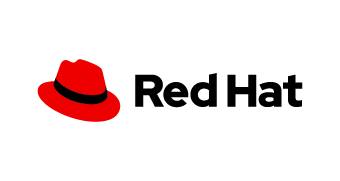

Red Hat has introduced a no-cost version of its Red Hat Enterprise Linux for small production workloads and customer development teams.
With the updates, organizations can now use the free Individual Developer RHEL subscription in production environments of up to 16 systems. Previously, they could only use it for development purposes.
Also, as part of these updates, Red Hat customers’ enterprise development teams will be able to access company-wide development subscription to RHEL
In a blog post, the firm said the program’s former terms of limiting use to single machine developers was “challenging.” Organizations can access the new program via a free Red Hat account (or via single sign-on through GitHub, Twitter, Facebook, and other accounts) to download RHEL and receive updates.
Red Hat said this wasn’t a sales program and no sales representative will follow up. “ An option will exist within the subscription to easily upgrade to full support, but that’s up to you,” the firm said.
Users can also use the expanded Red Hat Developer program to run RHEL on major public clouds, including AWS, Google Cloud Platform, and Microsoft Azure. While users’ providers set the hosting fees, the operating system is free for development and small production workloads.
RELATED RESOURCE
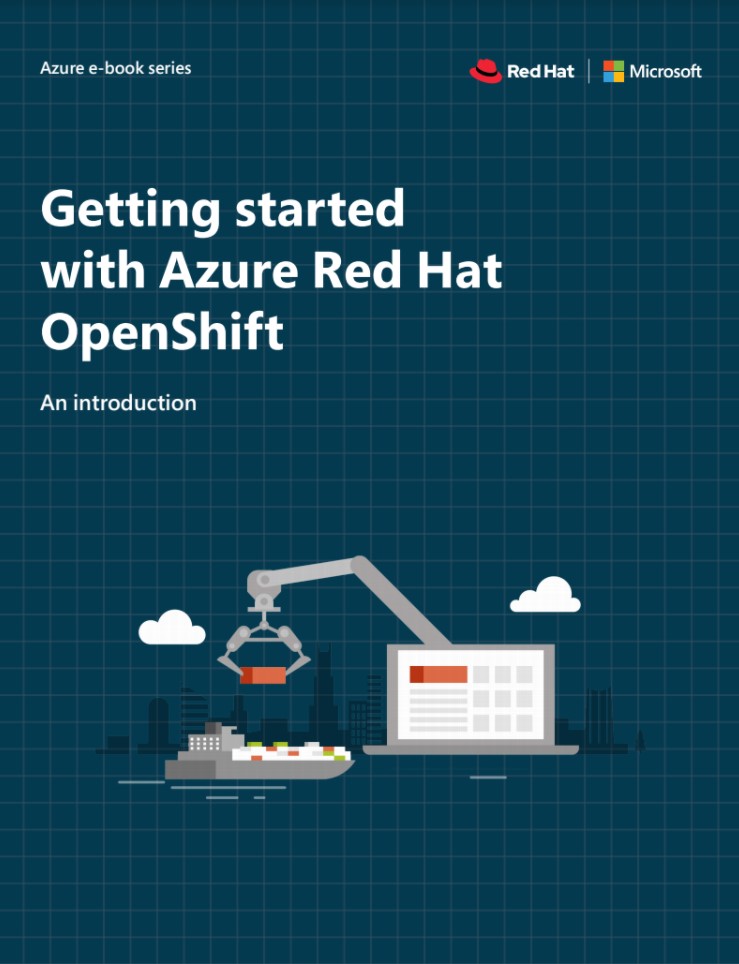
Getting started with Azure Red Hat OpenShift
A developer’s guide to improving application building and deployment capabilities
This updated Individual Developer subscription for RHEL will be available by February 1.
Get the ITPro daily newsletter
Sign up today and you will receive a free copy of our Future Focus 2025 report - the leading guidance on AI, cybersecurity and other IT challenges as per 700+ senior executives
Red Hat is also enlarging its developer program to make it easier for a customer’s development teams to join the program and take advantage of its benefits. This means development teams can now be added to this program at no additional cost via the customer’s existing subscription, making RHEL more accessible as a development platform for the entire organization.
With this program, organizations can deploy RHEL via Red Hat Cloud Access, and it’s accessible on major public clouds including AWS, Google Cloud Platform and Microsoft Azure at no additional costs, except the usual hosting fees a user’s cloud provider charges.
For CentOS Linux users who don’t want to move to CentOS Stream, Red Hat acknowledged that the programs don’t address every CentOS Linux use case.
“We’re working on a variety of additional programs for other use cases, and plan to provide another update in mid-February,” the firm said.
“We want to make RHEL easier to use and are removing many barriers that stand in the way, working to keep pace with the evolving needs of Linux users, our customers and our partners. This requires us to continuously examine our development and business models to meet these changing needs. We believe that these new programs -- and those to follow -- work toward that goal,” it added.
Rene Millman is a freelance writer and broadcaster who covers cybersecurity, AI, IoT, and the cloud. He also works as a contributing analyst at GigaOm and has previously worked as an analyst for Gartner covering the infrastructure market. He has made numerous television appearances to give his views and expertise on technology trends and companies that affect and shape our lives. You can follow Rene Millman on Twitter.
-
 Bigger salaries, more burnout: Is the CISO role in crisis?
Bigger salaries, more burnout: Is the CISO role in crisis?In-depth CISOs are more stressed than ever before – but why is this and what can be done?
By Kate O'Flaherty Published
-
 Cheap cyber crime kits can be bought on the dark web for less than $25
Cheap cyber crime kits can be bought on the dark web for less than $25News Research from NordVPN shows phishing kits are now widely available on the dark web and via messaging apps like Telegram, and are often selling for less than $25.
By Emma Woollacott Published
-
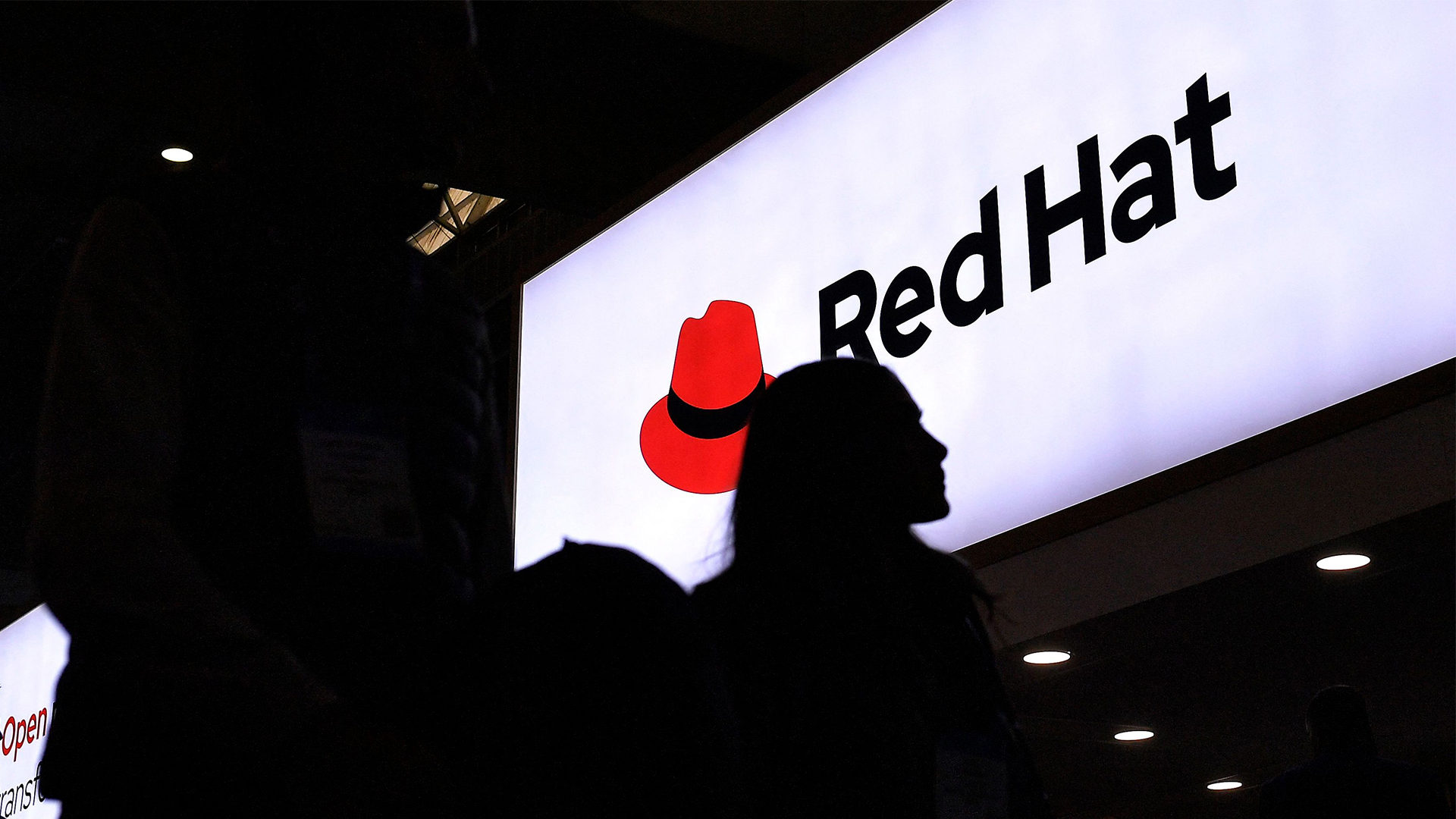 Red Hat just made three big changes to its developer hub – here’s what you need to know
Red Hat just made three big changes to its developer hub – here’s what you need to knowNews Red Hat has unveiled a raft of upgrades for Red Hat Developer Hub (RDHD), including support for a local version as well as new analytics.
By Nicole Kobie Published
-
 Red Hat launches Build module as part of partner program refresh
Red Hat launches Build module as part of partner program refreshNews Red Hat has announced new changes to its partner program, including the launch of a new 'Build' module and go-to-market support capabilities.
By Daniel Todd Published
-
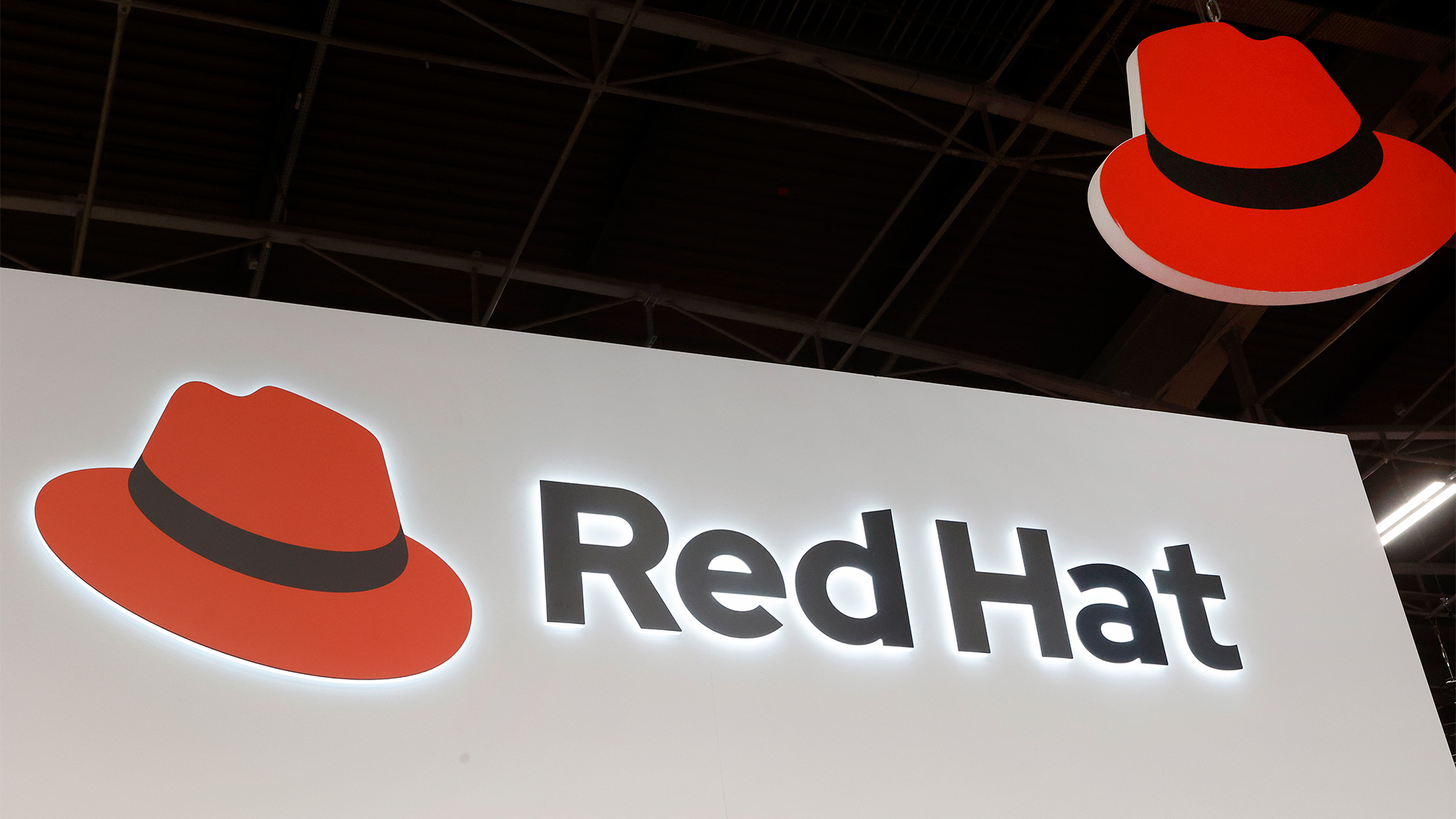 Red Hat eyes “clear pathways for collaboration” with new partner program updates
Red Hat eyes “clear pathways for collaboration” with new partner program updatesNews The enhanced framework for Red Hat partners features a new modular design and fresh incentives
By Daniel Todd Published
-
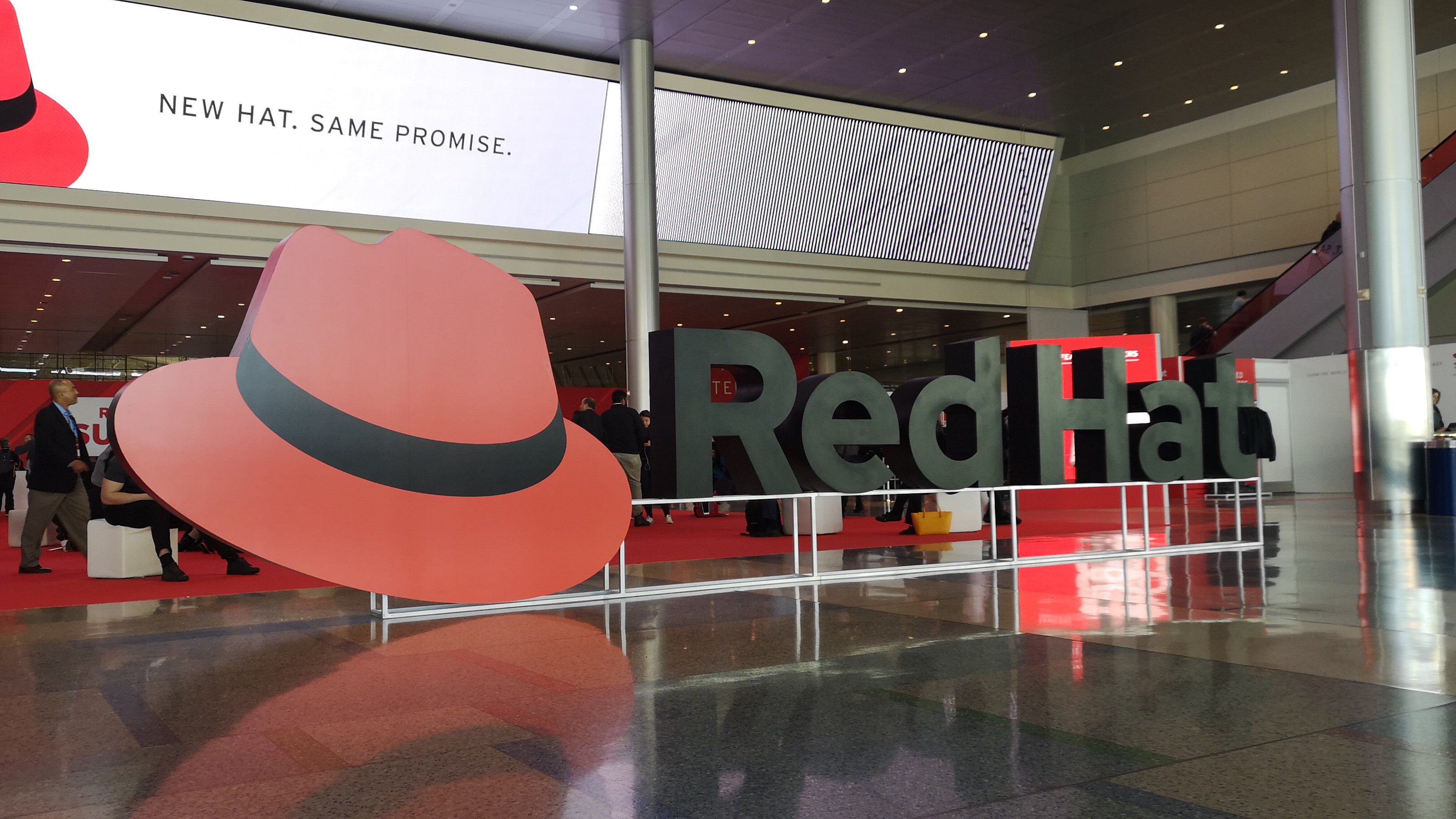 Red Hat adds trio of new tools to its Trusted Software Supply Chain
Red Hat adds trio of new tools to its Trusted Software Supply ChainNews The open-source giant said the additions will help organizations tackle vulnerabilities in their supply chains earlier and improve overall resiliency
By Daniel Todd Published
-
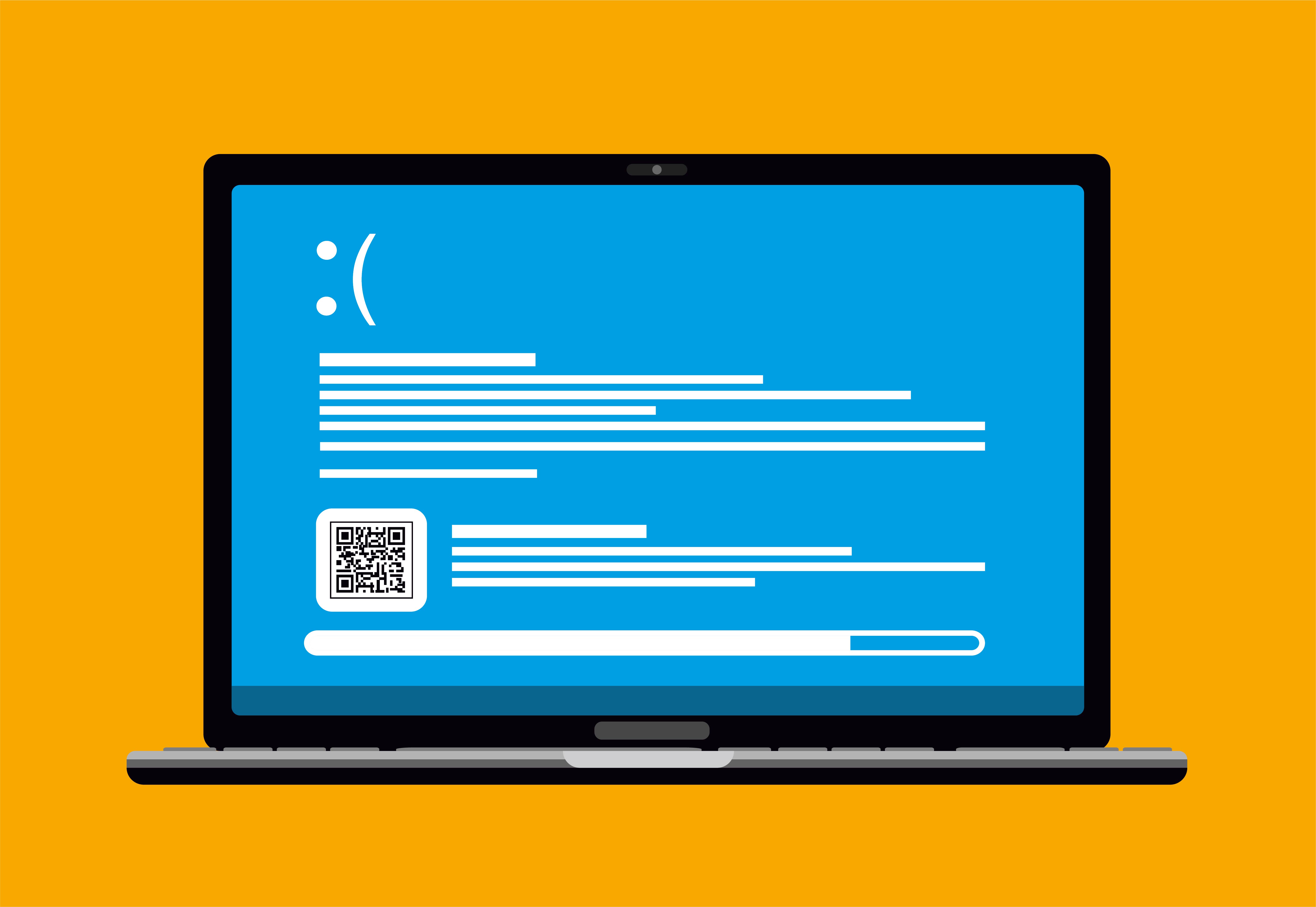 Linux Blue Screen of Death gives users a taste of the dreaded Windows feature
Linux Blue Screen of Death gives users a taste of the dreaded Windows featureNews The Linux Blue Screen of Death has been added in a recent update
By Ross Kelly Published
-
 Red Hat Enterprise Linux becomes foundational operating system for Cohesity Data Cloud
Red Hat Enterprise Linux becomes foundational operating system for Cohesity Data CloudNews New strategic partnership between Red Hat and Cohesity aims to drive innovation in the data security and management space
By Daniel Todd Published
-
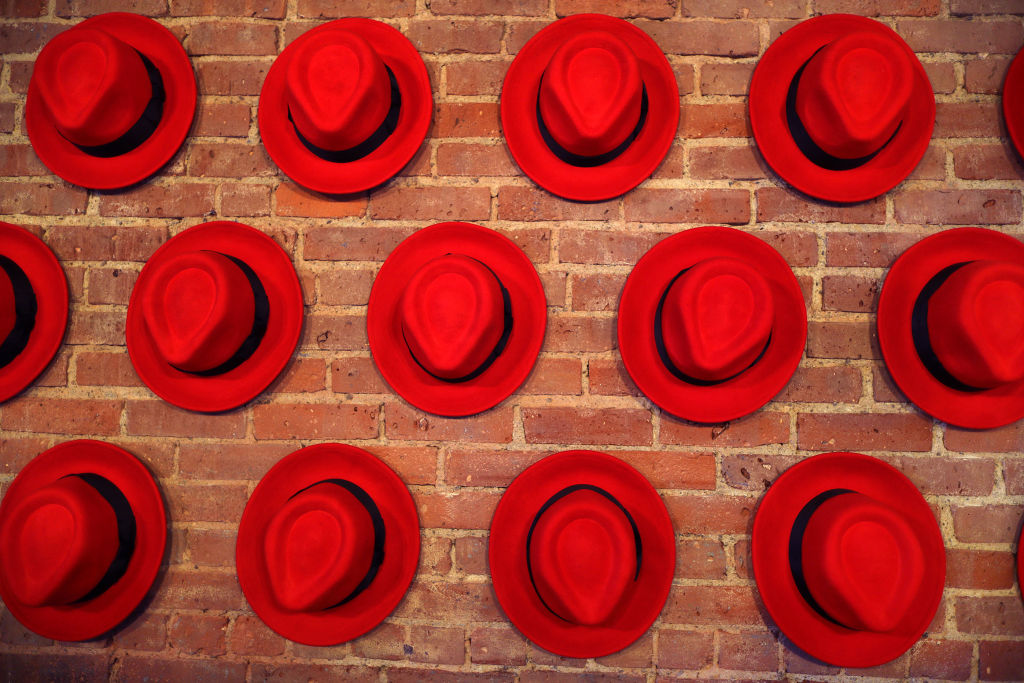 Can the Open Enterprise Linux Association overcome Red Hat’s restrictions?
Can the Open Enterprise Linux Association overcome Red Hat’s restrictions?Analysis Defining how compatibility will be achieved is the crucial question in the Red Hat Enterprise Linux saga
By Richard Speed Published
-
 AlmaLinux follows Oracle in ditching RHEL compatibility
AlmaLinux follows Oracle in ditching RHEL compatibilityNews Application binary compatibility is now the aim with 1:1 now dropped
By Richard Speed Published